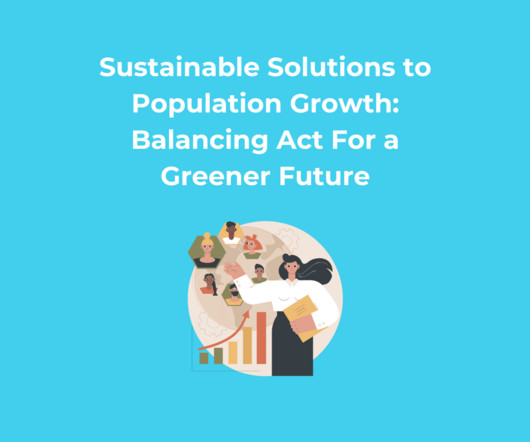Countering Criminalization: The Vital Role of Organizing Against Homelessness
NonProfit Quarterly
MARCH 27, 2025
Theoharis is the executive director of the Kairos Center for Religions, Rights and Social Justice , which found that roughly 140 million or 43.3 percent of people in the United States were poor or low-income (earning between poverty-line income and twice that amount) in 2018. Homelessness is being criminalized, observes Theoharis.



















































Let's personalize your content